
About This Quiz
There are seven Roman numerals, and once you learn them, you can create any integer you want. They come with guidelines but no official rules, so you can create whatever you want with them, and they're easy to learn. For starters, I represents the number one, and V represents the number five. If you want to write the number three in Roman numerals, you simply write III. If you want to write the number four, however, things get a little trickier.
Since guidelines for using Roman numerals say no numeral should be repeated more than three times, they're commonly inscribed in what's called "subtractive notation." Instead of writing IIII for the number four, we write IV, which stands for "one less than five." You may still see some clocks and inscriptions that use IIII (additive notation) for the number four, but the subtractive notation is more common.
It gets a bit trickier when you need to write "10 less than 100" or "100 less than 1,000," but the concept is the same. Because there are no official rules, some people use subtractive notation to create random numbers like "three less than 20," and some people use additive notation to create giant numbers like 10,000. The practice isn't common, and you don't have to worry about them. The largest number that can be written in Roman numerals is 3,999. The smallest is one. There is no zero. They're written left to right from largest to smallest, and when you see a small numeral in front of a larger one, it's subtractive notation. Can you match the Roman numeral to the number?
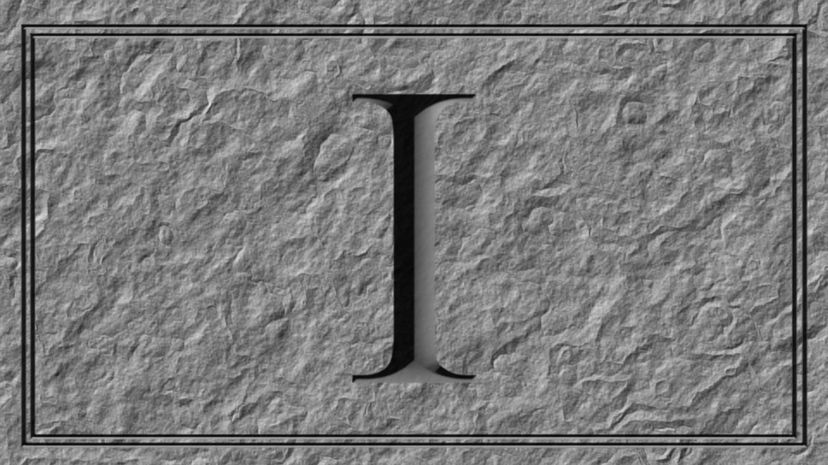

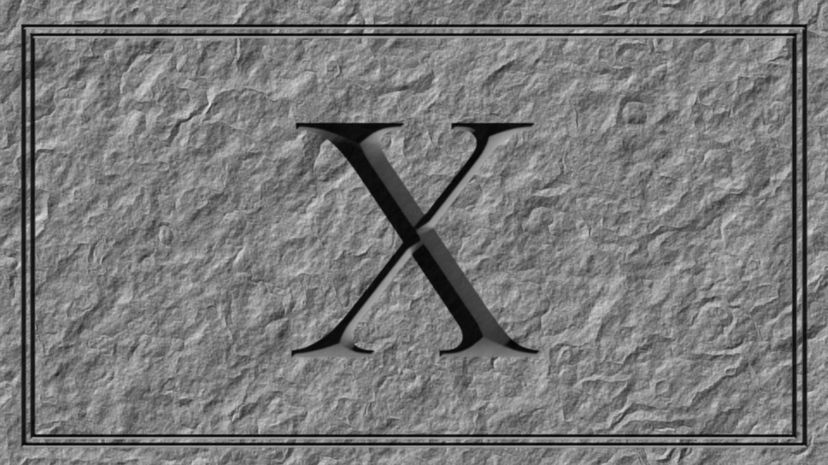
Advertisement

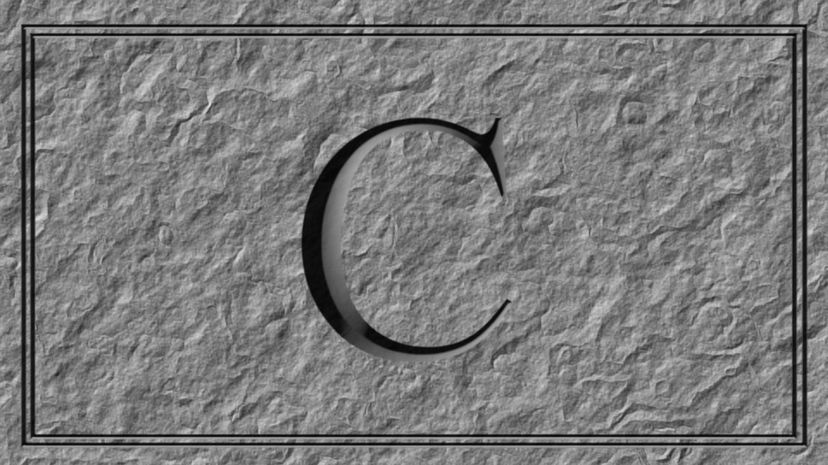
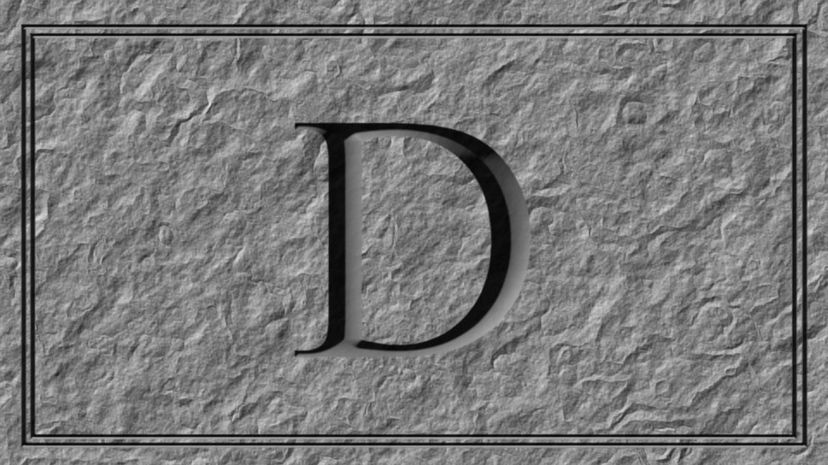
Advertisement
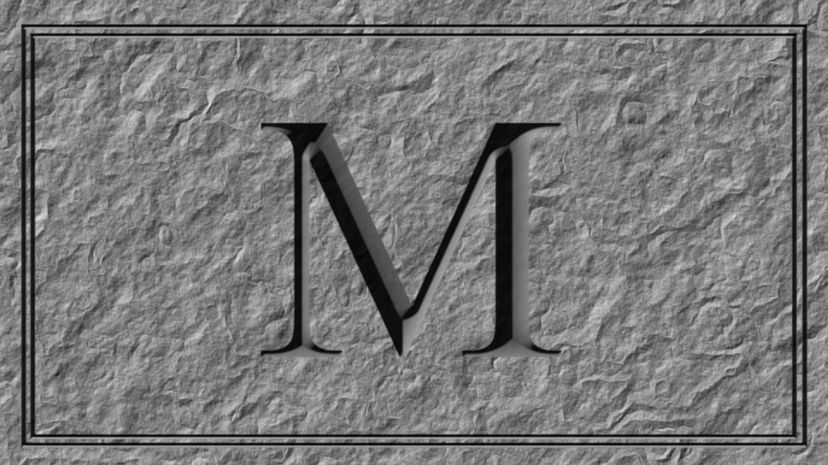


Advertisement
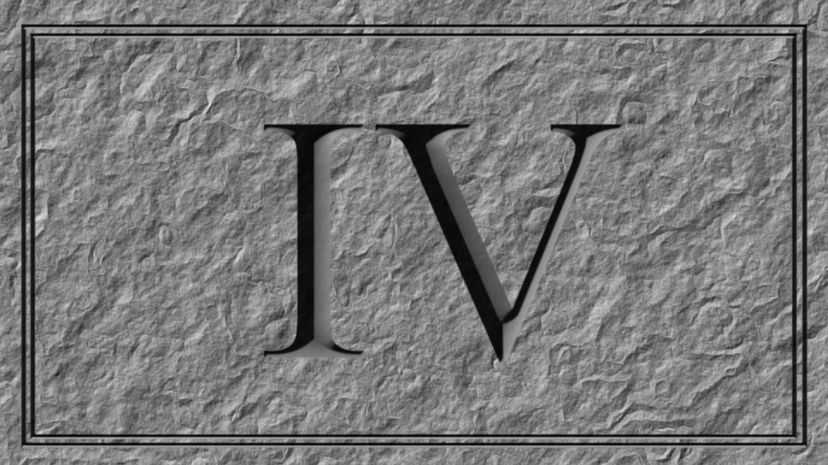
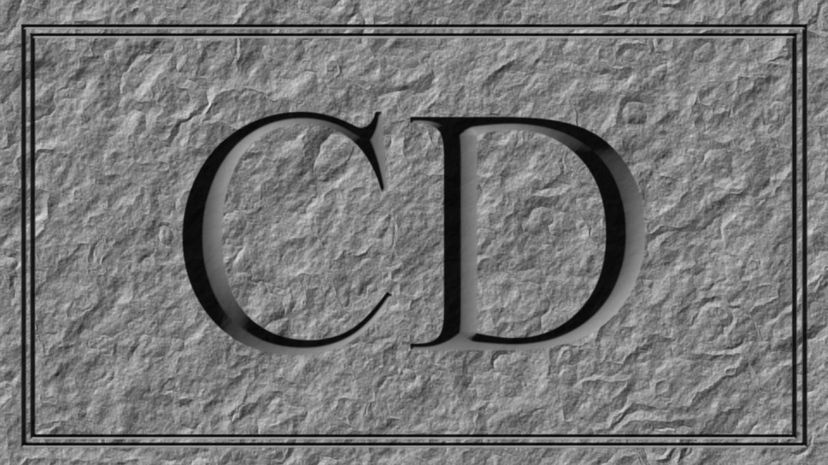

Advertisement
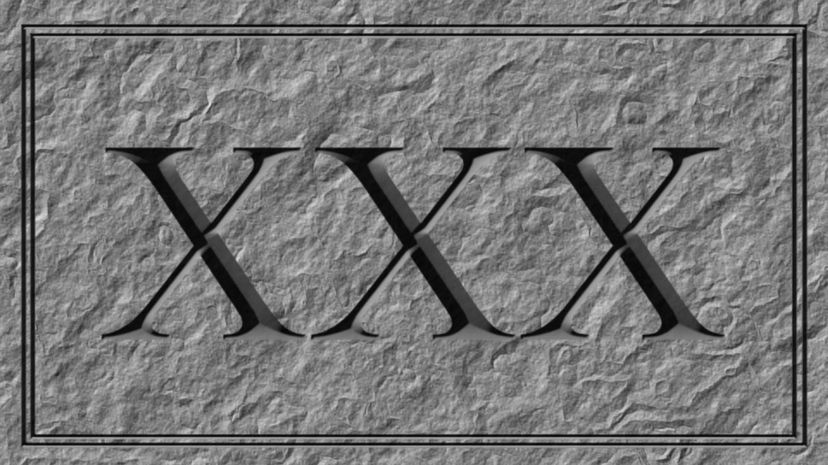
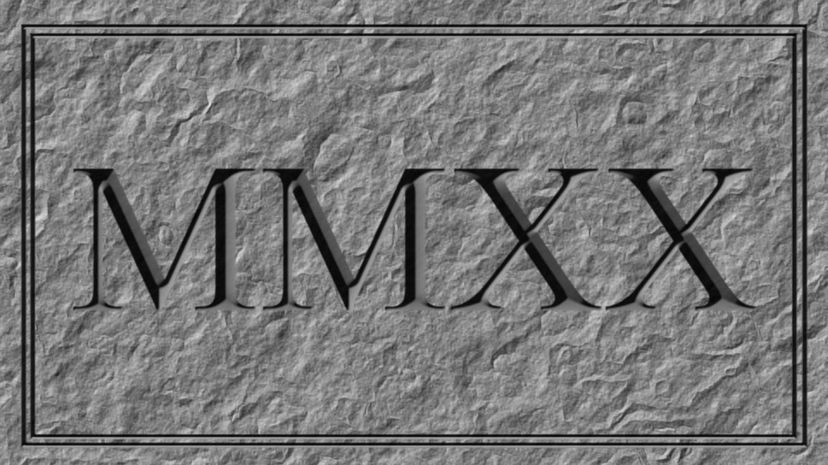
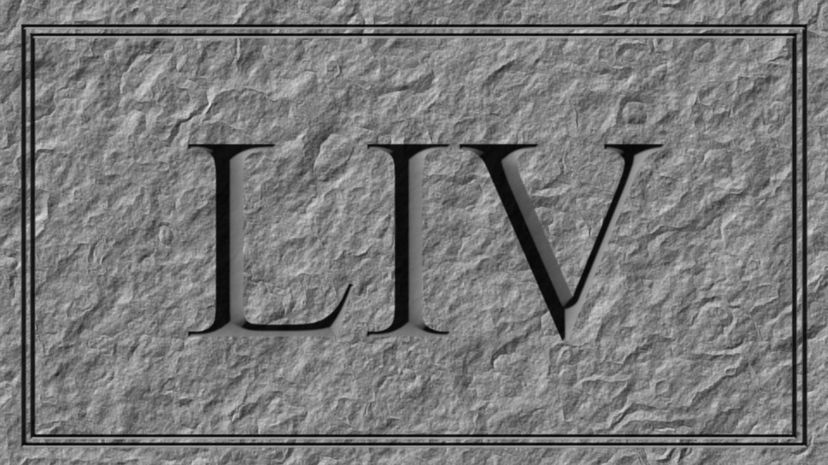
Advertisement
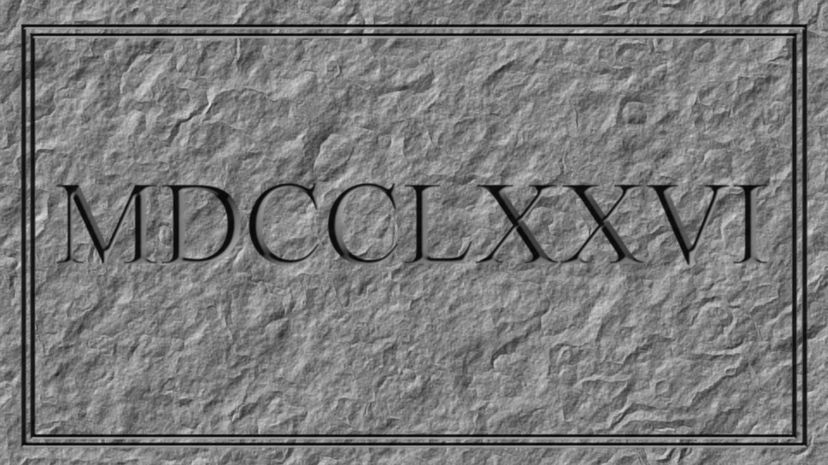
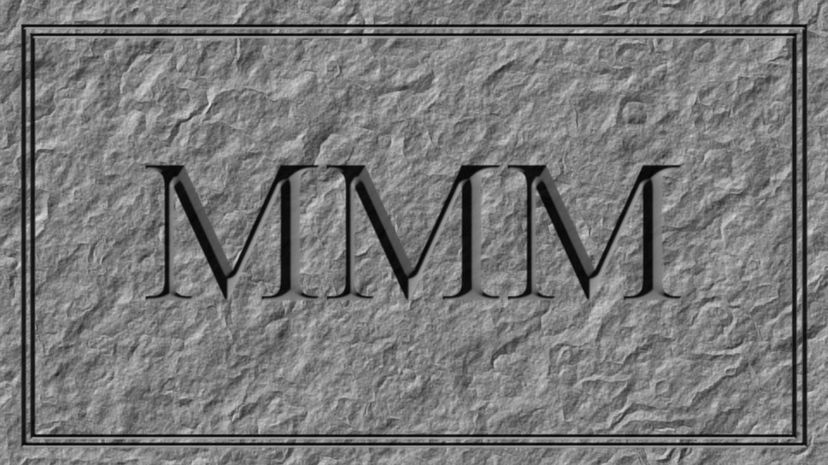
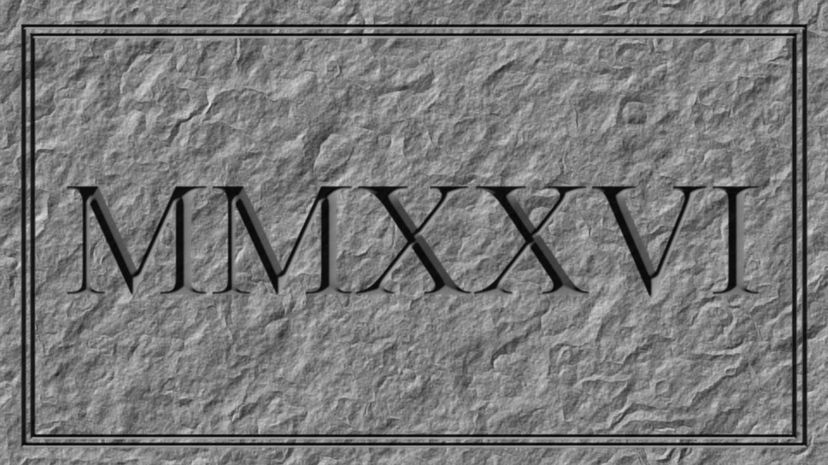
Advertisement

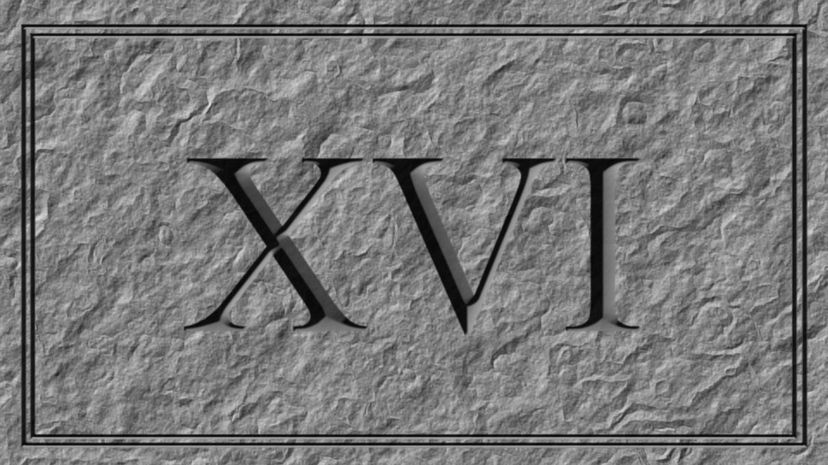

Advertisement

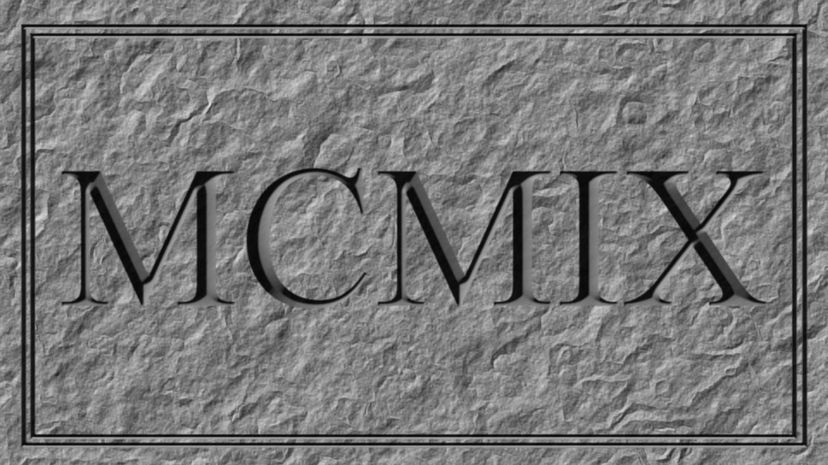
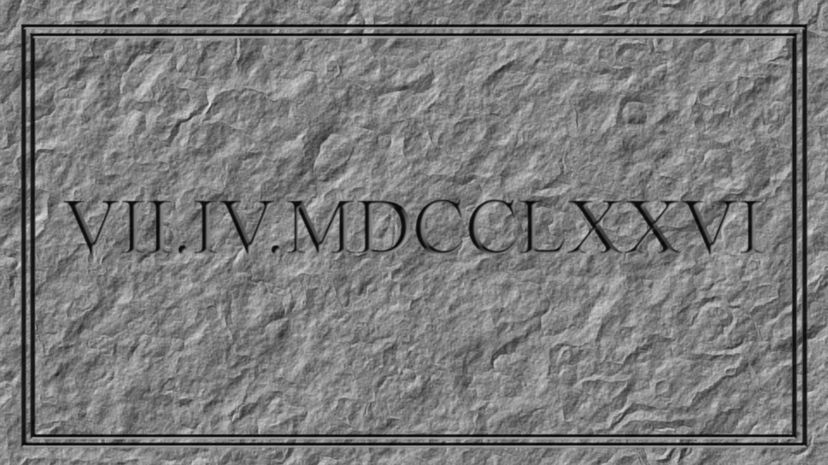
Advertisement
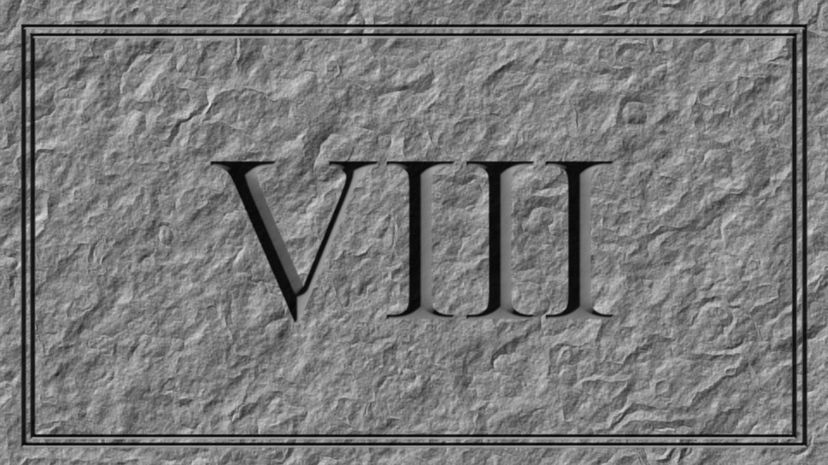

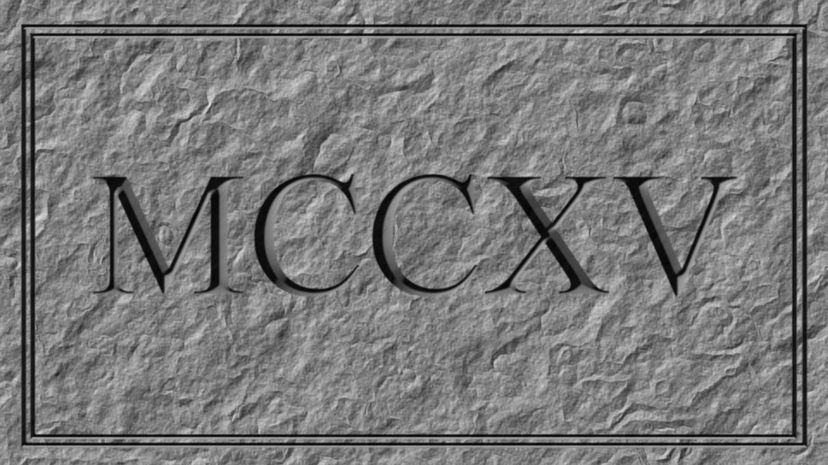
Advertisement
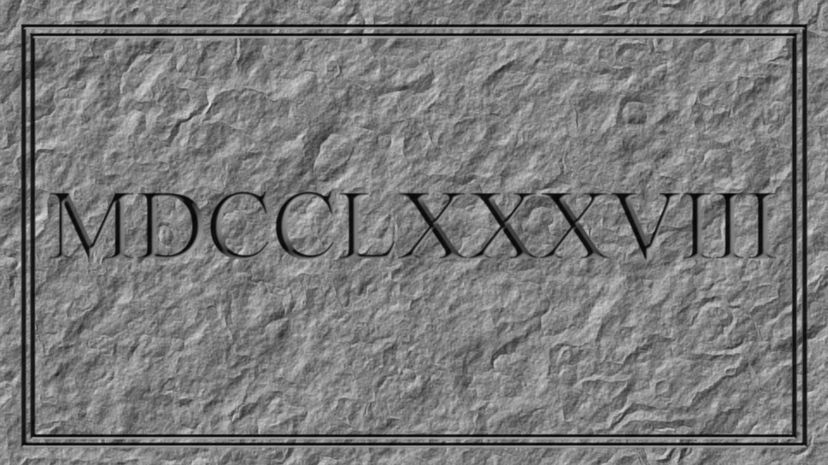
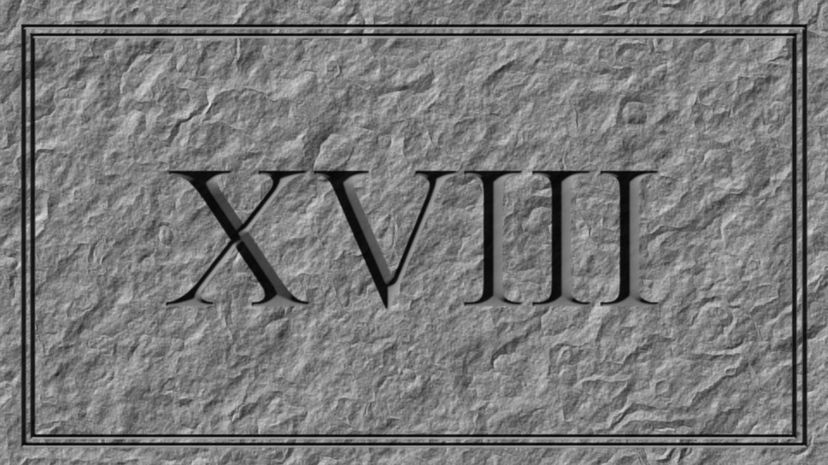
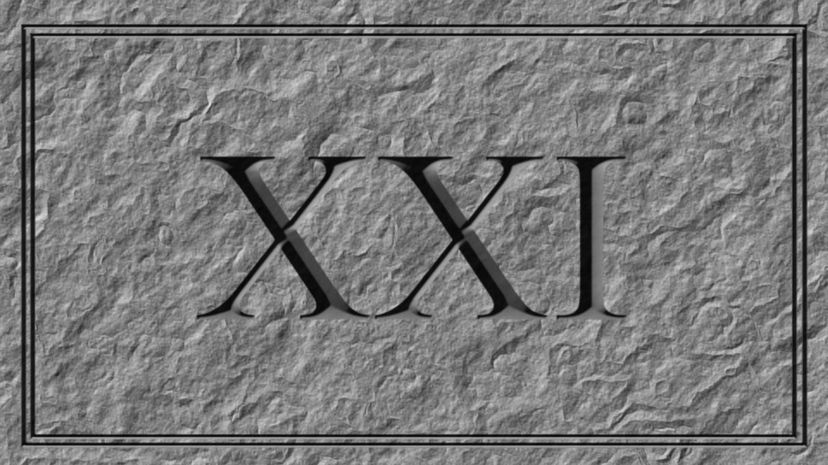
Advertisement
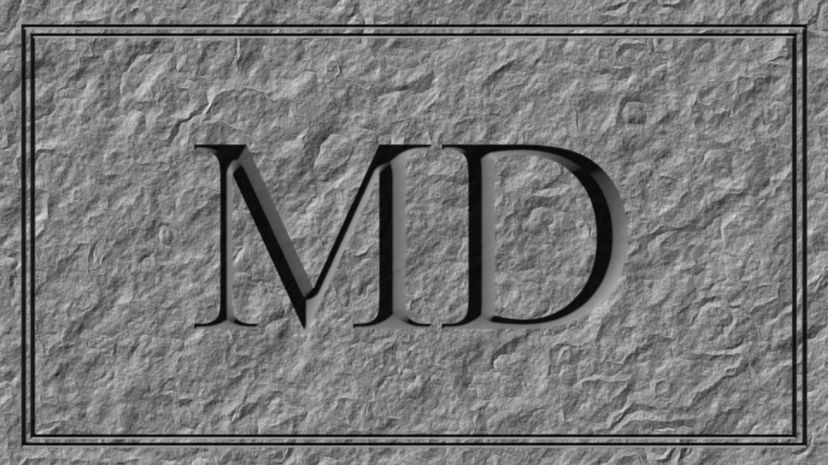
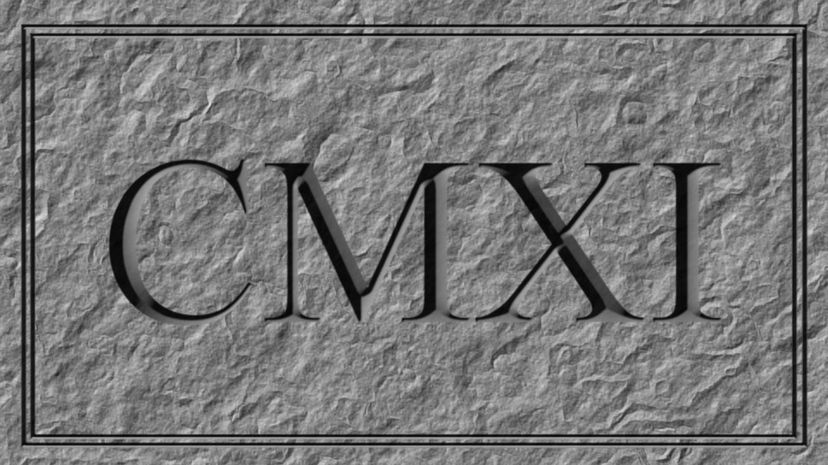
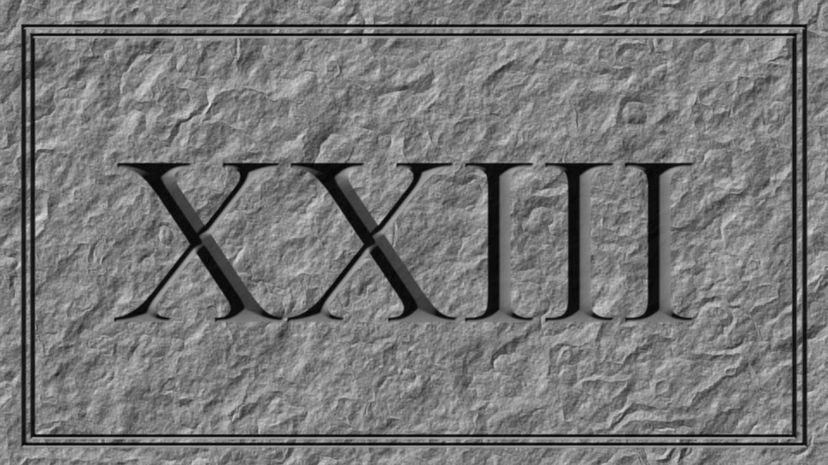
Advertisement
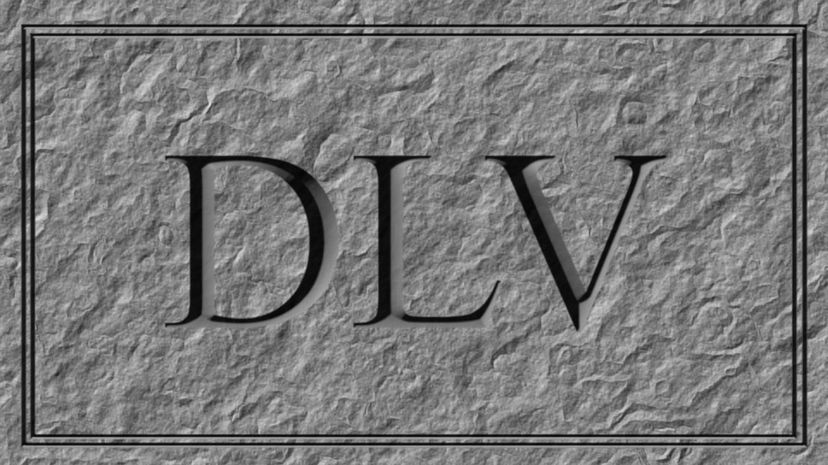
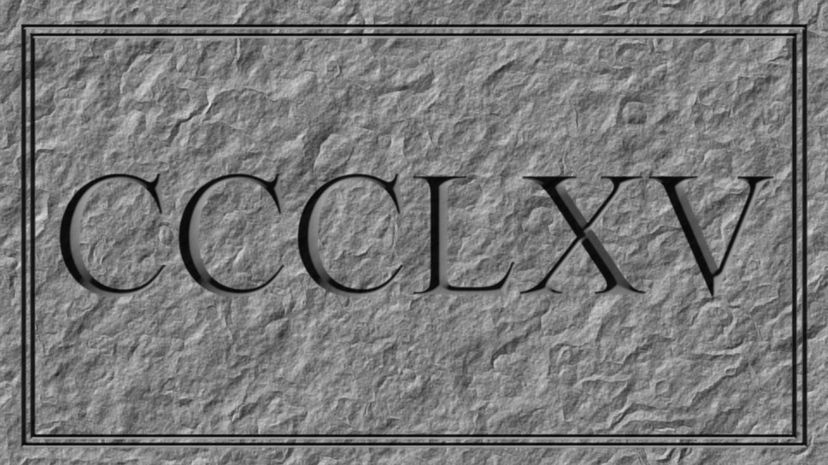
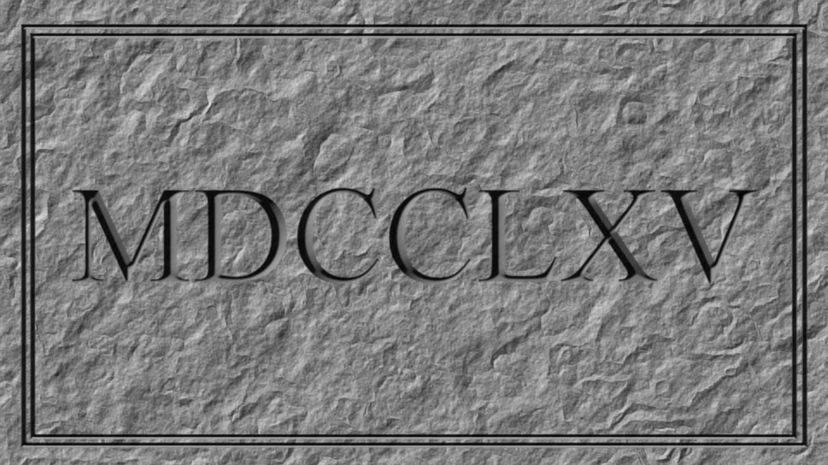
Advertisement
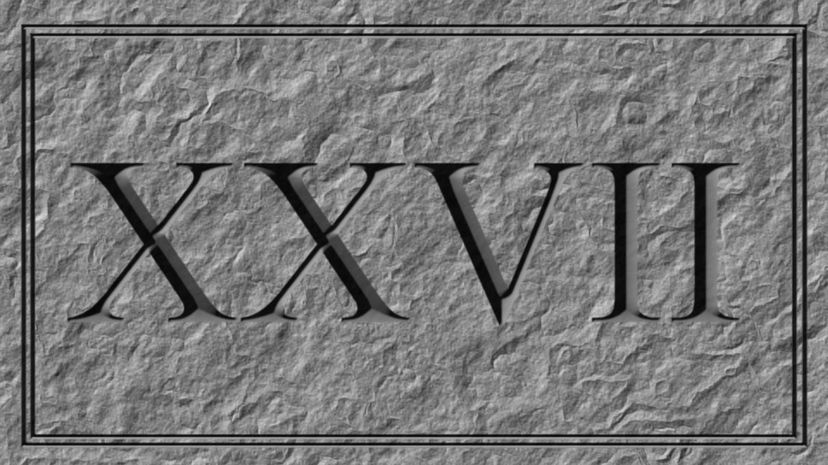
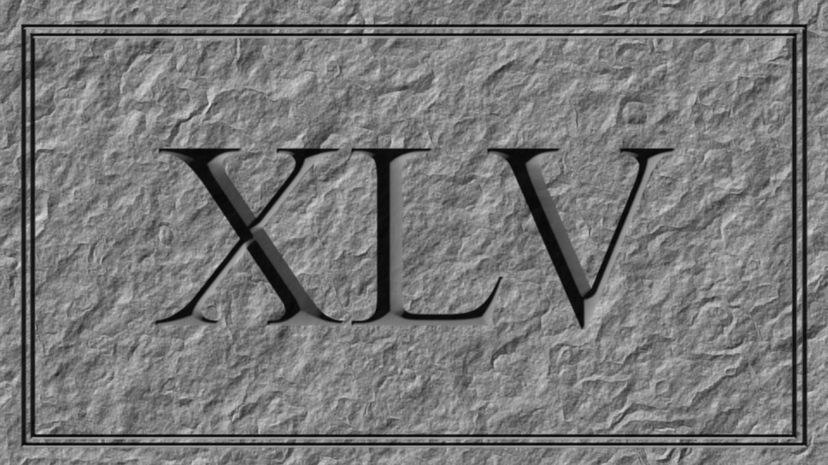

Advertisement
